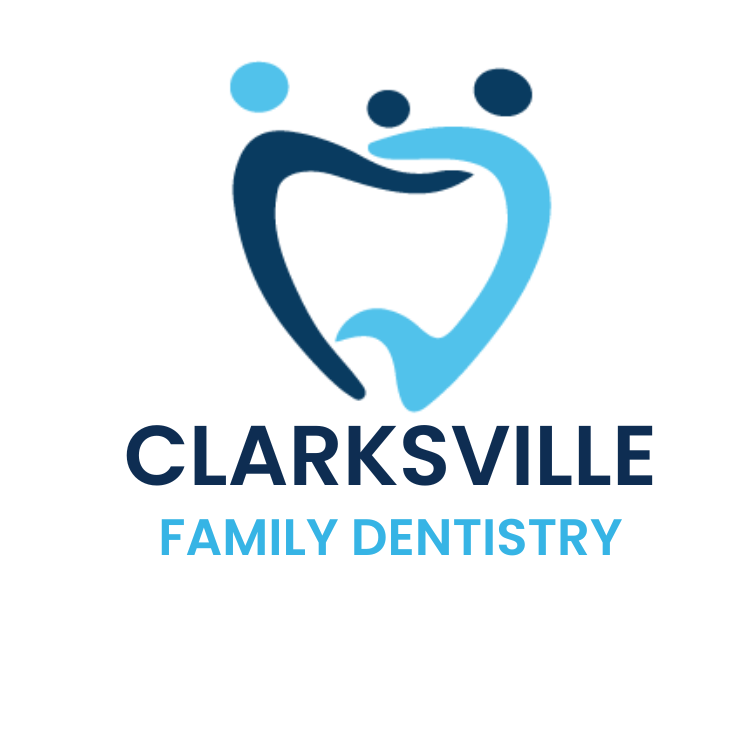
What Is a Sinus Lift, and When Do You Need One?
Dental implants offer a reliable solution for those grappling with missing teeth. However, for implants to thrive, they need a sturdy foundation within the jawbone. If your jawbone is thin or weak, a sinus lift may be necessary to fortify it before implant placement. Let’s delve into the details of this essential preparatory procedure.
What is a Sinus Lift?
Also known as maxillary sinus floor augmentation, a sinus lift is a surgical procedure designed to bolster the upper jawbone, facilitating optimal conditions for dental implant placement. The process entails a bone graft to reinforce the upper jaw beneath the sinus cavity. By gently elevating the sinus membrane, space is created for new bone growth, ensuring ample support for implants once integrated.
Indications for Sinus Lift:
A sinus lift becomes pertinent when there’s substantial bone loss in the upper jaw, a common occurrence following tooth loss or extraction. Prolonged denture or dental bridge wear, as well as untreated tooth decay, can also necessitate this procedure. Additionally, a sinus lift may be recommended if the maxillary sinus is too close to the jaw, posing a risk of implant penetration, or in cases of periodontal disease-induced bone recession.
Preparing for the Procedure:
Ahead of the sinus lift, your oral surgeon will determine the most suitable bone source, which may include autogenous bone from your body, allogeneic bone from a cadaver, xenograft from an animal, or synthetic bone-like material. Detailed imaging, including x-rays and oral scans, helps assess the jawbone’s dimensions and plan the surgery meticulously.
The Surgical Process:
During the procedure, sedation ensures your comfort as small access points are made in the gums to expose the jawbone. The surgeon then creates a small opening in the bone, gently lifting the sinus cavity and filling the void with the chosen bone graft material. Sutures are employed to close the access points, completing the surgical intervention.
Post-Surgery Recovery:
Following a sinus lift, expect a recovery period of about 4-6 months for the bone graft to fuse seamlessly with the jawbone. During this time, diligent oral hygiene practices and adherence to post-operative instructions are vital to promote optimal healing and minimize complications.
Final Thoughts:
A sinus lift is a pivotal step in ensuring the success of dental implant placement, offering a solid foundation for lasting restoration and improved oral function. If you’re considering dental implants or suspect you may benefit from a sinus lift, consult your dental professional. They can provide comprehensive guidance and determine the suitability of a sinus lift to meet your oral health needs.
